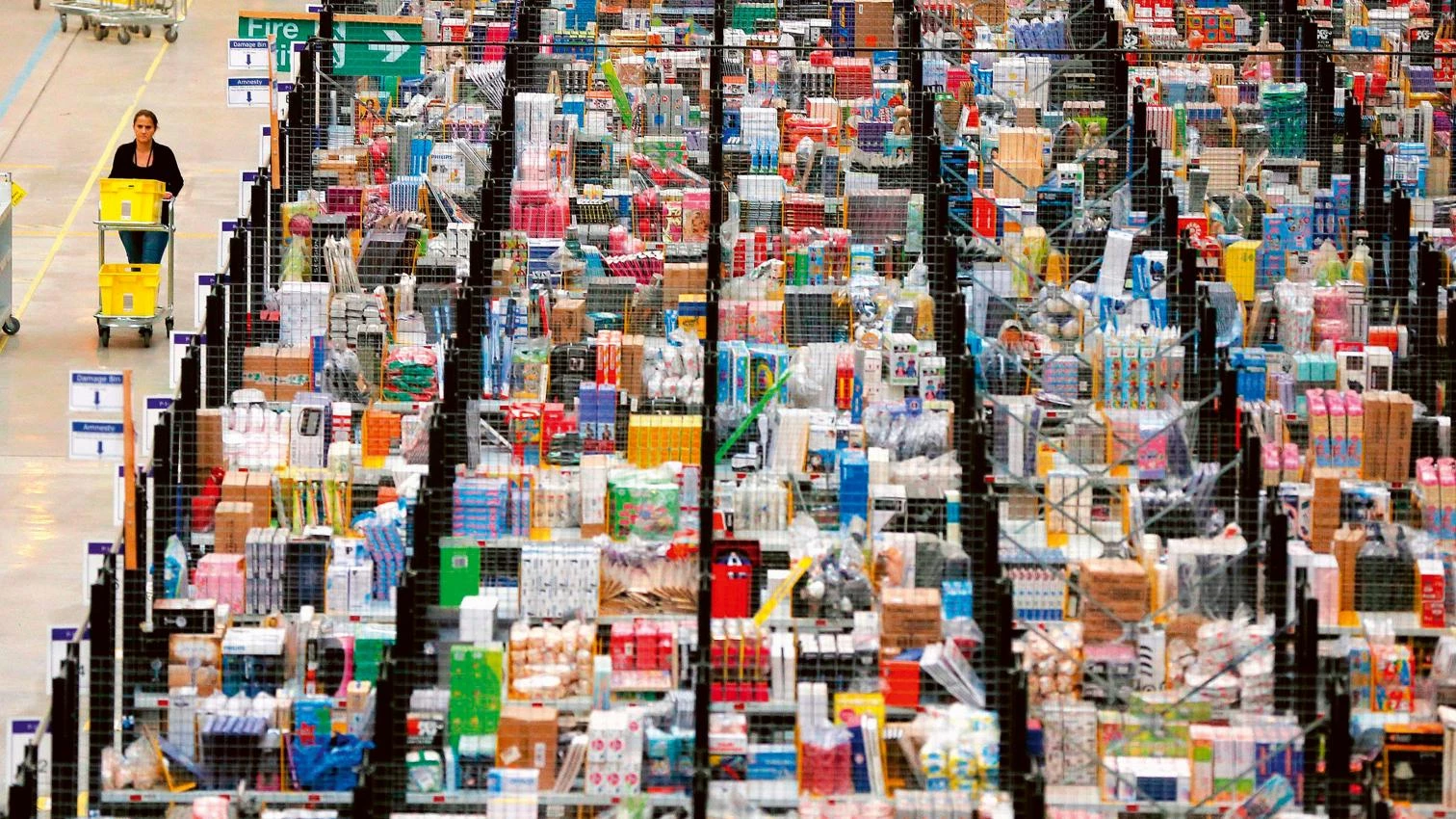
The most basic information one needed to understand a city – to recognize its hierarchies, know its workings, identify its routes – historically required a physical reality (heights, schemes, structures, geometries, axes). This link between information and form no longer exists: through the new information systems we have the option of monitoring each of those variables without having to ‘understand’ the city. The new information is global, covering the entire city; and it’s within reach, in our smartphones. So the question to ask is: what happens in the city when this information, which is now ubiquitous and ethereal, frees itself of hardware?
Mobile phone applications give specialized information (traffic, shopping, entertainment, tourist accommodations) by independent layers or strata. This was already happening with maps and travel guides; the real novelty lies in the fact that the current dynamic information systens can (and in fact do) rearrange the city’s new positional structures, and therefore change their forms, progressing towards a more complex, multilayered order. Whereas in the past the city’s geometry acted as an information system, today it’s the information that creates a new kind of order.
The organizational system used in Amazon warehouses illustrates how digital information alters conventional order. The merchandise is not arranged alphabetically, nor by number codes, nor by size or category. The real picture of the shelves – quite resembling a real city – is one of chaos controlled by a large computer capable of making logical decisions to establish the position of objects on the basis of multiple factors simultaneously: where an item goes, what size it is, how long it will stay in the warehouse, where there is space, and of course how the choices enhance the efficiency of the warehouse or the shipping process. Once all the options are assessed, the computer determines the most appropriate place for the item. Every day, therefore, its ideal location will be different from yesterday’s, beside a different object.
In the contemporary city, albeit in infinitely more complex ways and therefore more slowly, certain disruptions of conventional orders are beginning to manifest themselves, in response to similar changes in information systems. Things and uses are starting to be situated in spaces which in terms of conventional structures are ‘unexpected.’ The grouping of functions is not necessarily based on principles of contiguity; for them to be locatable, it’s enough that they figure in any application.
Both the city and the warehouse look more like an open system than the result of an a priori formal idea. As a matter of fact, in the Amazon warehouse any ‘design’ would be altogether irrelevant, or even counter-productive; the main feature of Amazon order would be that it allows discontinuity in any dimension. The same goes for the contemporary city. Its preestablished visible order to a great extent contravenes the logic of subjective choices, become increasingly weak and subverted.
This new order, produced by the new informations system, contributes to a certain positional entropy. It enables entropy, understood as an advancing of disorder, of the move from specialization to heterogeneous mix (in old urban terms, something like anti-zoning). The warehouse of the example looks chaotic, but has a fragmented order managed through data; a non-visible order that escapes visual comprehension and human logic. Applied to the city, entropy implies a certain tendency of the visible structures of order to weaken. They exist, but become finer and finer, invisible. In fact, entropy and the workings of these new structures can only exist in a seeminly weak and complex order.
Evelyn Alonso Rohner and José Antonio Sosa are architects and partners at the firm Alonso+Sosa.





